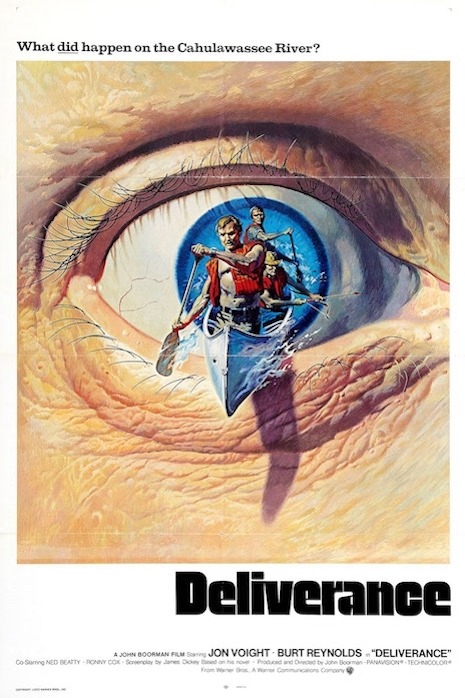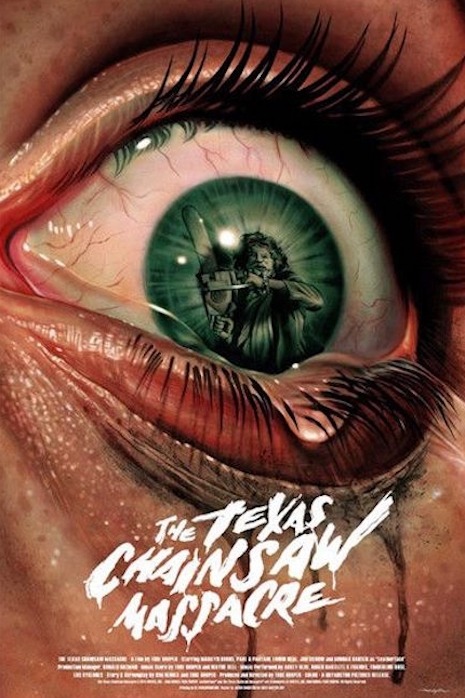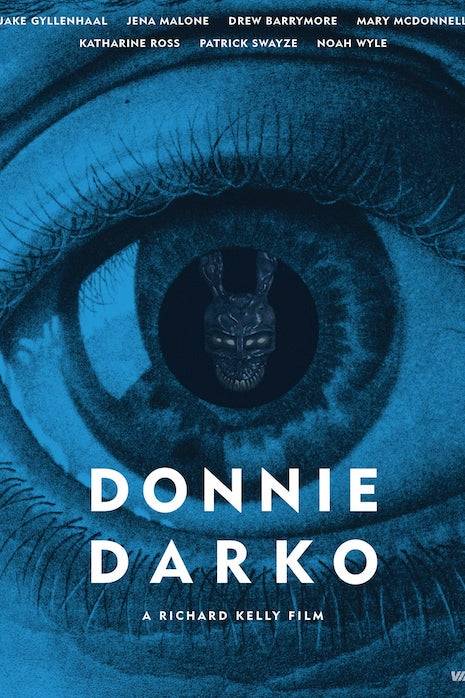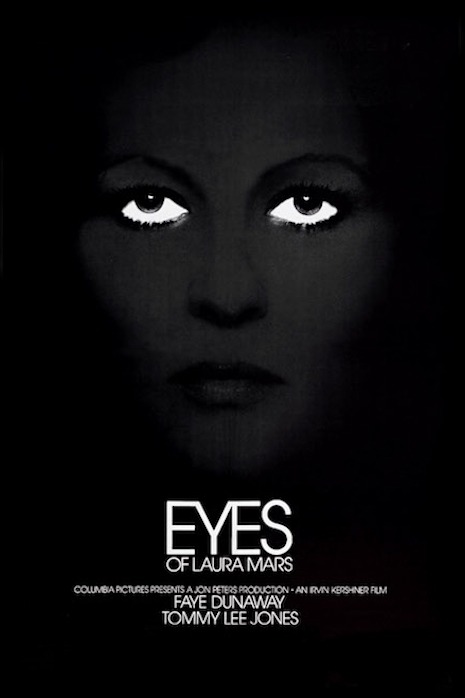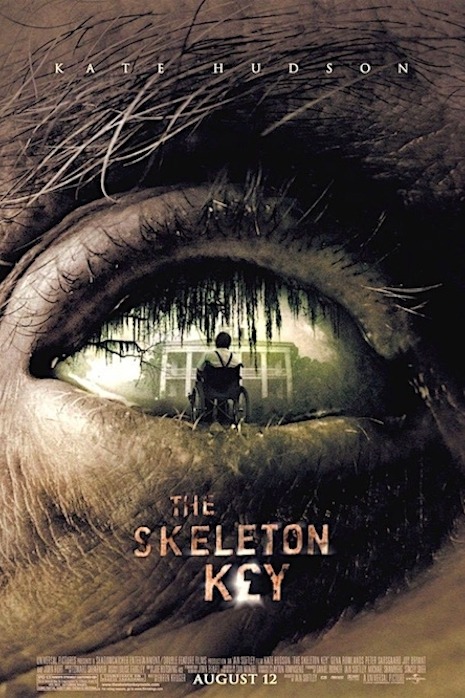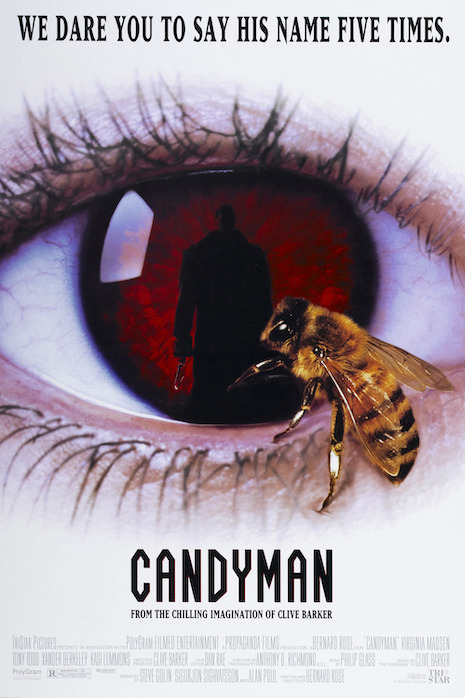Photo
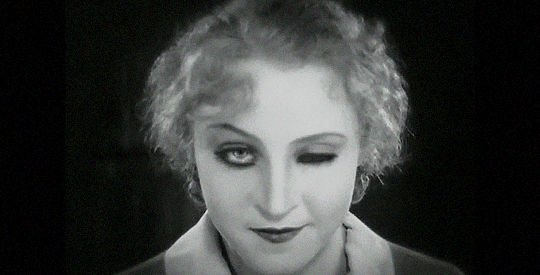

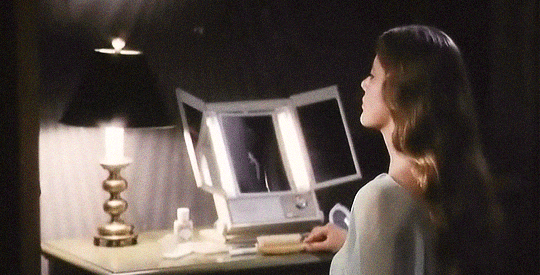

“Her figure is regular, certainly, and so is her face. She would be beautiful, but her eyes seem to have no ray of life; they almost seem to lack the power of sight. Her gait is curiously measured, as though her every movement were produced by some mechanism like clockwork. She plays and sings with the disagreeably perfect, soulless timing of a machine, and she dances similarly. Olimpia gave us a very weird feeling; we wanted nothing to do with her; we felt that she was only pretending to be a living being, and that there was something very strange about her.” –E.T.A. Hoffmann, “The Sandman” (Trans. Ritchie Robertson)
Metropolis (1927)
The tales of Hoffmann (1951)
The Stepford wives (1975)
Coraline (2009)
681 notes
·
View notes
Text
When we first encountered The Sandman in class, I actually assumed it would be related to Neil Gaiman's Sandman, and consequently the Netflix show. Though they are different this particular still of The Corinthian captures some of the horror that comes from strange eyes that Nathaniel may have felt too.

"[...] was denn das für ein Mann sei, der Sandmann? »Ei Thanelchen«, erwiderte diese, »weißt du das noch nicht? Das ist ein böser Mann, der kommt zu den Kindern, wenn sie nicht zu Bett gehen wollen und wirft ihnen Händevoll Sand in die Augen, daß sie blutig zum Kopf herausspringen, die wirft er dann in den Sack und trägt sie in den Halbmond zur Atzung für seine Kinderchen; die sitzen dort im Nest und haben krumme Schnäbel, wie die Eulen, damit picken sie der unartigen Menschenkindlein Augen auf.«"
"Mir war es als würden Menschengesichter ringsumher sichtbar, aber ohne Augen – scheußliche, tiefe schwarze Höhlen statt ihrer. »Augen her, Augen her!« rief Coppelius mit dumpfer dröhnender Stimme."
Der Sandmann - E.T.A. Hoffmann
"Full of curiosity to hear more of this Sandman, and his particular connection with children, I at last asked the old woman who tended my youngest sister what sort of man he was. “Eh, Natty,” said she, “do you not know that yet? He is a wicked man, who comes to children when they will not go to bed, and throws a handful of sand into their eyes, so that they start out bleeding from their heads. These eyes he puts in a bag and carries them to the half-moon to feed his own children, who sit in the nest up yonder, and have crooked beaks like owls with which they may pick up the eyes of the naughty human children.”
"It seemed to me, as if I saw human faces around without any eyes–but with deep holes instead. “Eyes here, eyes!” said Coppelius in a dull roaring voice."
The Sandman - E.T.A. Hoffmann
19 notes
·
View notes
Text


the sandman (1816, eta hoffmann/tr. john oxenford)
30 notes
·
View notes
Text



"black is traditional, but if you'd prefer pink, or vermillion, or chartreuse... no you might make me jealous"

No matter how wonderful Coraline finds the other world, she can't give up her eyes. After hearing this statement from her Other Mother she screams "NO WAY!" and pushes the box away. Though she can't tell what else is wrong with the situation just yet, she knows she can't lose her eyes.
1 note
·
View note
Photo
In comparison to their alternate poster for the original Blade Runner, Schrauwen and Vancamp place much less emphasis on the eyes of Ryan Gosling's K. Interestingly enough, much of the story revolves around K's search for the truth: is he the replicant son of Deckard and Rachel?

Film poster for Blade Runner 2049 (USA, 2017), directed by Denis Villeneuve. It was a bold move to direct this follow-up to the original classic, but Villeneuve’s dystopian monument passes with flying colours. Blade Runner 2049 has otherworldly visuals, a roaring soundtrack and the further exploration of genetic engineering. A new standard.
⠀⠀⠀⠀⠀⠀⠀⠀⠀
Little known fact: this movie earned cinematographer Roger Deakins his first Academy Award for Best Cinematography, after having been nominated thirteen previous times (for movies such as Skyfall, The Assassination of Jesse James and Fargo) without winning.
⠀⠀⠀⠀⠀⠀⠀⠀⠀
Designed by Sarah Schrauwen and Mathieu Vancamp.
51 notes
·
View notes
Photo
From our correspondence with the designers: "It was hard to come up with a design for Blade Runner. Not only is this a classic, with lots of (alternative) film posters already, but it is also one of our personal favourites. There are so many visually striking images and elements that make it difficult to combine them in a coherent design without losing sight of the primary themes of the film. However, the scenes and bond between Rachel and Deckard make it easier to return to the core of story: what makes us human and how are we defined as humans? Their eyes play a major role in this, with a pivotal scene portrayed in our alternative poster: is Deckard a replicant as well?"
The lighting on the yellow-dot reflection in both Rachel and Deckard's eyes in their alternative poster design serves to emphasize their very question.

Film poster for Blade Runner (USA, 1982), directed by Ridley Scott. What does it mean to be human? With Blade Runner, Scott made a highly influential neo noir masterpiece laden with symbolism and melancholy. A somber vision of a multicultural society that has lost its ability to discern humans from replicants. Like tears in rain… Designed by Sarah Schrauwen and Mathieu Vancamp.
24 notes
·
View notes
Text

this specific scene in Frankenstein (1931) demonstrates how othered Frankenstein's creation is from his creator. By keeping the wheel between Henry and the monster, Whale shows how Frankenstein's eyes "pierce" the creature, to the point where he sinks down and moves away.
1 note
·
View note
Photo
his eyes are small compared to the rest of his body and particularly his face. it adds to his sinister "dead eye" stare

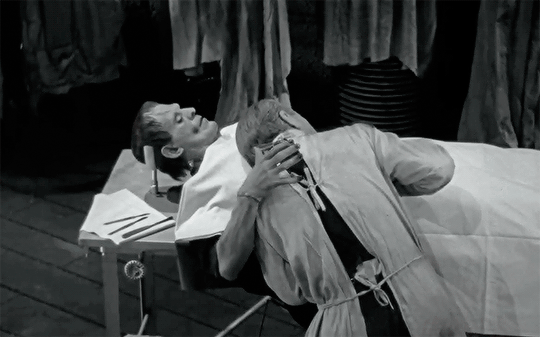
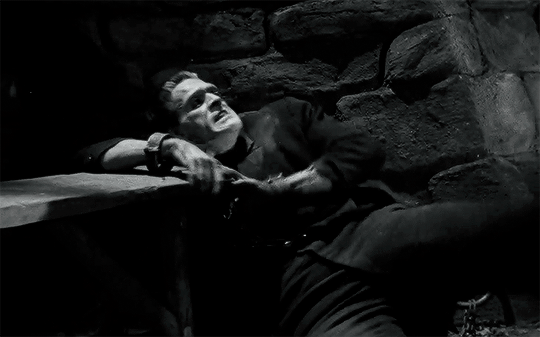
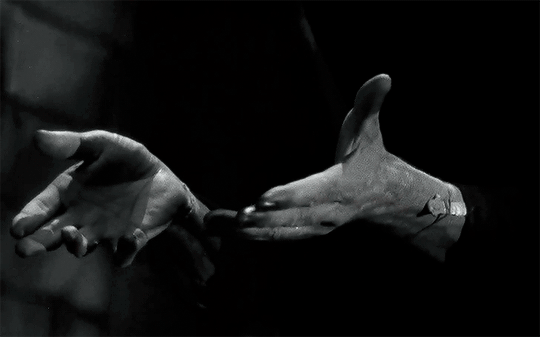
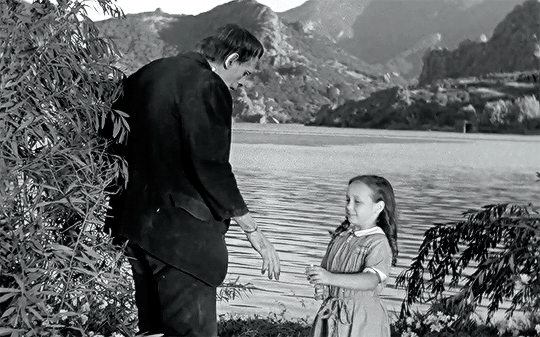
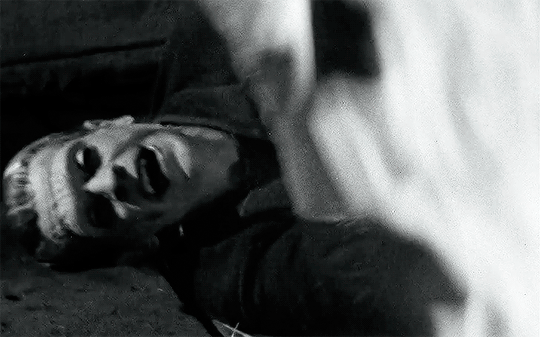
RANKING THE 8 CLASSIC UNIVERSAL MONSTERS
#3 | Boris Karloff as The Monster (Frankenstein, 1931)
“That body is not dead, it has never lived. I created it, I made it with my own hands, from the graves from the gallows, anywhere.”
627 notes
·
View notes
Text



Liam reliving memories through the grain. When characters rewatch memory footage their eyes "grey over" and indiction by the creators that the technology being used are on some level "unnatural, even revolting".
Episode 3 of Black Mirror: The Entire History of You
1 note
·
View note
Text
I grew up with quite a lot of nightmares surrounding Coraline after watching it at a friend's birthday party. Looking back, I'm not sure how much of me was afraid of the monster creature "Other Mother" that would sew buttons into my eyes and how much of me was creeped out by the claymation style and general eeriness of the films aesthetic.
In my attempts to explore this childhood fear, I asked a few friends to let me take pictures of their eyes covered in buttons, with thread in between them to show an attempt at "sewing them on". It's something small, but the very covering of an eye with a button, even one similar to your own eye color, or a transparent/translucent one where you can still see the eye somewhat behind it, is horrifying.






the other mother has moved on to other children
- stephanie
1 note
·
View note
Photo
This is a much more abstract design of the Nope poster than the original poster itself, though they use the same color scheme. Sarah and Mathieu told us that they decided to use "a series of eyes, looking in different directions, is not only a direct link to how the characters try to look (and not look) at the alien, but also a reflection of how we perceive others." And, as they note in their chosen memorable quote, looking at or away from the alien, the 'other' in the film leads us to draw conclusions about each character and their relationships with the others.
A big thank you to Sarah and Mathieu for allowing us to feature some of their alternative designs on this blog :) Please check out their blog for more content!

Alternative film poster for Nope (USA/Japan/Canada, 2022), directed by Jordan Peele. Peele’s third film is an entertaining, return-to-form story that in the subtext tackles Hollywood filmmaking by exposing how we exploit and perceive others.
Memorable quote: “I don’t think they’d take you if you don’t look at it.”
Designed by Sarah Schrauwen and Mathieu Vancamp for doublebill.design.
96 notes
·
View notes
Text






the other mother has moved on to other children
- stephanie
1 note
·
View note
Text
An attempt to become the subject material... a humanoid robot
-Claire
0 notes
Text

Image of Hannibal Chew from Blade Runner (1982). Source
Hannibal Chew in Blade Runner (1982) is a designer of replicant eyes for the Tyrell Corporation. On their quest to find their creator to extend their lives, Roy Batty and his band of replicants find Chew and torture him into revealing a link to accessing Tyrell, J.F. Sebastian (a genetic designer). Eyes here function as a symbol for “the window into the soul” and therefore, the path to Batty’s self-actualization and humanity begins with finding the origin of his eyes. Once Batty confronts the engineer of the eyes that allow him to perceive others and collect visual memories he continues on his journey to Tyrell. It is no coincidence that Batty ultimately kills Tyrell by gouging out his eyes, for when confronted by the callous disregard of his creator for his lifespan, he impales Tyrell’s soul.
-Claire
17 notes
·
View notes
Text

Eye in opening scene of Blade Runner (1982).
The eye at the opening of Blade Runner reflects the industrial wasteland of 2019 Los Angeles, and ushers in the film's extensive use of eye motifs. A central theme of Blade Runner is questioning and examining humanity, and in watching this close-up eye view of the setting, the viewer is programmed to question what they see and society's omnipresent surveillance.
-Claire
1 note
·
View note
Text

“And now Nathaniel saw that a pair of eyes lay upon the ground, staring at him… Then madness seized Nathaniel in its burning claws, and clutched his very soul, destroying his every sense and thought.” ~ “The Sandman” E.T.A. Hoffmann
The German short story, “The Sandman” by E.T.A. Hoffmann mixes early robotics, the uncanny, and distorted reality to disorient the reader, providing a chilling effect to Hoffmann’s interpretation of German folklore. The story follows Nathaniel through his psychological conflicts as he first narrates a deeply upsetting scene of childhood drama involving the Sandman (Coppelius) to his eventual suicide. Although instead of the story serving as a purely psychological thriller, Nathaniel’s obsession with the automaton Olympia makes “The Sandman” another science fiction reflection on eyes and their capacity to “other” the robot to which they belong. At first, Olympia's eyes only seem “singularly still and dead” to Nathaniel, but after gazing at her for longer he observes that it was as if “most moonbeams were rising in Olympia’s eyes.” Once Nathaniel overcomes the eeriness of Olympia’s eyes, he can accept her as fully human even though all of the other scholars know she is an automaton. The next time Nathaniel and Olympia interact, he is looking at her through Coppola’s glass, and says her eyes “beamed back full of love and desire.” Subsequently, Nathaniel misses all hints that Olympia is not human; his friend Sigismund specifically postulates she would be beautiful if “her glance were not so utterly without a ray of life - without the power of vision.” Nathaniel defends Olympia’s “uncanniness” to his friend and proceeds to fall deeper and deeper in love with her.
During the climax of the story, Professor Spallanzani and Coppola/Coppelius (the narrator confuses their distinction as two separate people) tear Olympia into pieces, and Nathaniel sees the lifeless—and eyeless—Olympia carried away by Coppola/Coppelius. Only when Nathaniel sees Olympia’s eyes on the ground does he descend into total madness as exhibited by the above quote and illustration. Her eyes fully expose her inhumanity to Nathaniel—Nathaniel cannot cope with that inhumanity. Although he regains some lucidity to attempt to marry Clara, when Clara is behind Coppola’s glass he is reminded of Olympia and tries to murder Clara before committing suicide.
The use of eyes in this story is extensive; the evil gaze of Coppelius haunts Nathaniel his entire life, Nathaniel himself is a voyeur, and Olympia’s eyes serve as the catalyst for Nathaniel’s mental breakdown. All of the eyes culminate in Nathaniel’s final words, “Ah pretty eyes - pretty eyes.”
-Claire
2 notes
·
View notes
